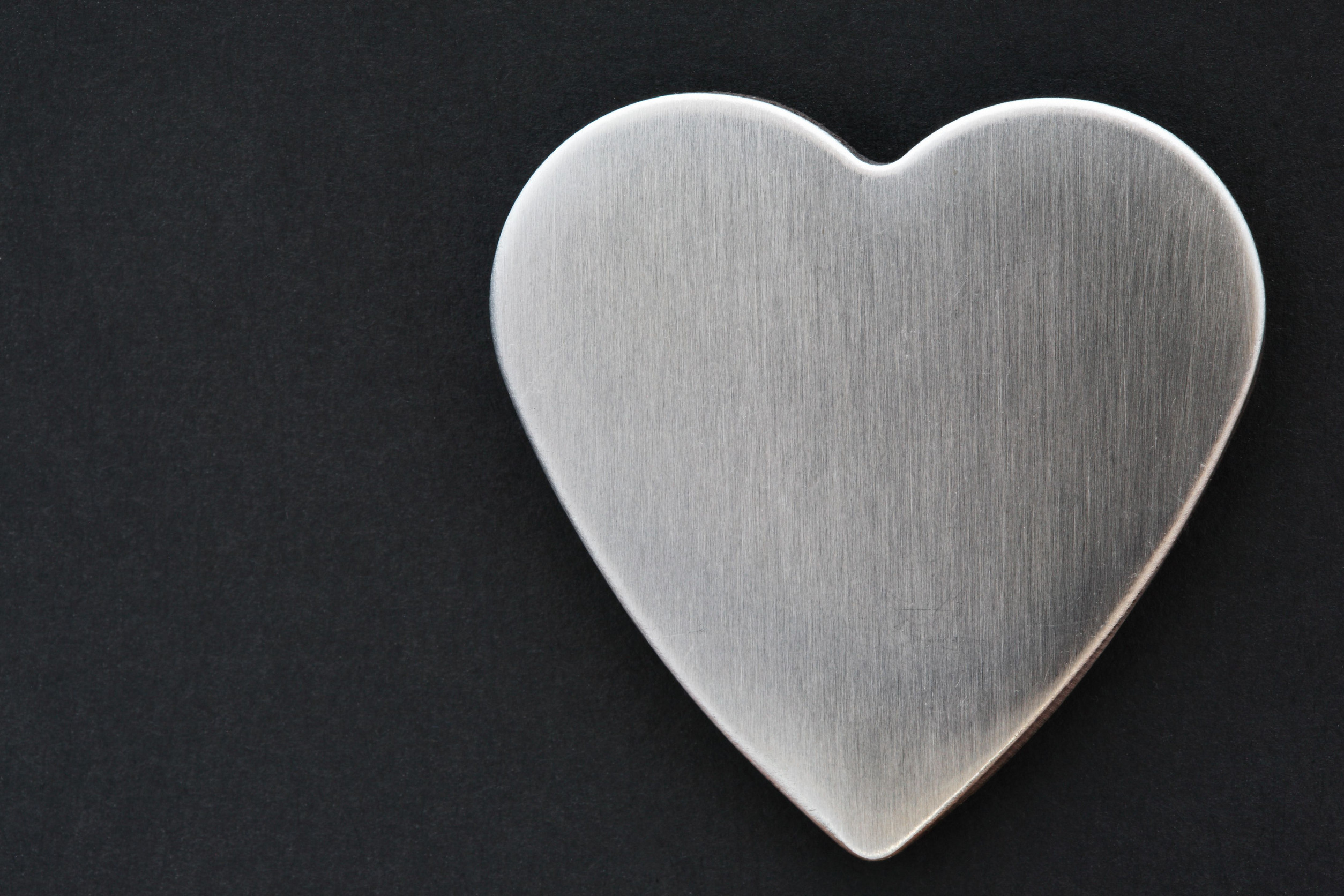Image Credit: kevers50/123rf.com
For the first time in medical history, a patient has been discharged from the hospital after receiving a total artificial heart implant, marking a significant breakthrough in cardiovascular medicine. An Australian man in his 40s, who suffered from severe heart failure, lived for over 100 days with the BiVACOR total artificial heart before undergoing a donor transplant in early March. This milestone was achieved by a team of surgeons at St Vincent’s Hospital in Sydney.
The BiVACOR total artificial heart, developed by Dr. Daniel Timms, is the first of its kind designed to completely replicate human heart function using advanced magnetic levitation technology. This device is aimed at patients with end-stage biventricular heart failure, a condition affecting over 23 million people globally. Currently, only about 6,000 of these patients receive life-saving donor heart transplants each year. The BiVACOR device serves as a potential bridge for patients until a suitable transplant becomes available, with hopes of eventually providing a long-term solution that may eliminate the need for donor transplants altogether.
The historic implantation took place on November 22, when a surgical team, led by cardiothoracic and transplant surgeon Paul Jansz, conducted a six-hour procedure. The patient, who has chosen to remain anonymous, became the sixth individual worldwide to receive this innovative implant and the first to leave the hospital while still using it. Previous patients in the United States had undergone donor transplants before discharge, with the longest duration of reliance on the artificial heart being 27 days.
The Australian government has invested $50 million into the artificial heart frontiers program to advance the development and commercialization of the BiVACOR device. This investment underscores the significance of the technology as a potential game changer in cardiac treatment.
Despite the success of this procedure, experts acknowledge the limitations of the artificial heart technology. While this achievement is a notable step forward, the device’s lifespan—over 100 days in this case—remains significantly shorter than that of a donor heart, which can last more than a decade. Continued research and development are essential for improving the longevity and efficacy of artificial hearts.
The historic case at St Vincent’s Hospital signals a transformative shift in the management of heart failure. The artificial heart frontiers program, led by Monash University, is actively working on developing various devices to address the common forms of heart failure, offering hope for future advancements in treatment options. As research progresses, the potential for artificial hearts to significantly extend and enhance the lives of patients worldwide continues to grow, reshaping the landscape of heart disease treatment.
Check out the original article here: Source link



